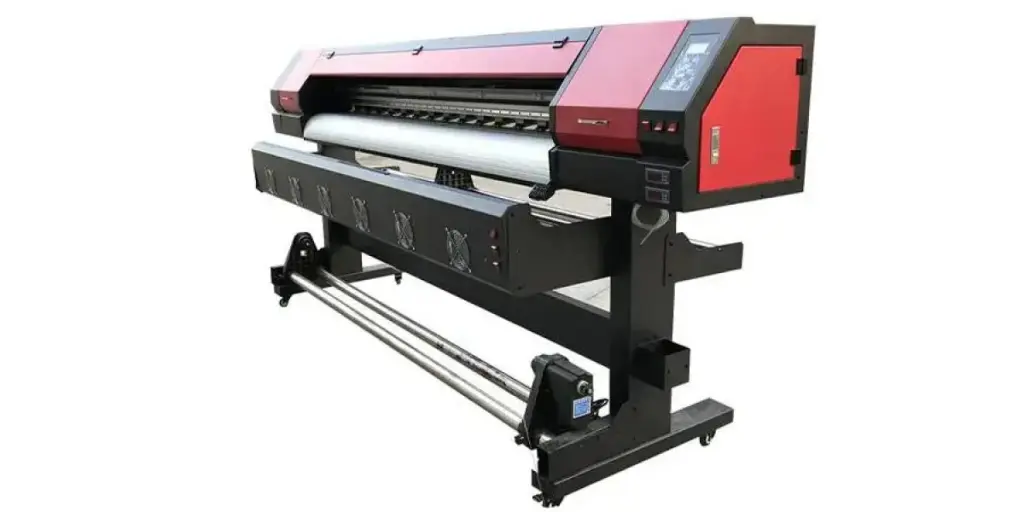Printers are essential to many businesses, and as such they come in various shapes and sizes. Generally speaking, the four main printer types are 3D printers, heat transfer printers, inkjet printers, and digital printers. They differ based on the technology they use to print on paper and other surfaces.
Heat transfer printers use a heated print head to produce images or text on paper. The inkjet printer uses cartridges to store ink, which is then sprayed onto paper. Digital printers use liquid ink which is directly transferred to a surface, while 3D printers produce 3D-shaped models.
Knowing which printer to look out for involves understanding not only the needs of your business, but also the applications of each type of printer. This guide will give a rundown of these key types of printers, and explain what to consider when selecting one for your business.
Table of Contents
How to choose a digital printer
How to choose 3d printers
How to choose inkjet printers
How to choose a heat transfer printer
Final thoughts
How to choose a digital printer
Digital printers are used to print digital-based images to various media.
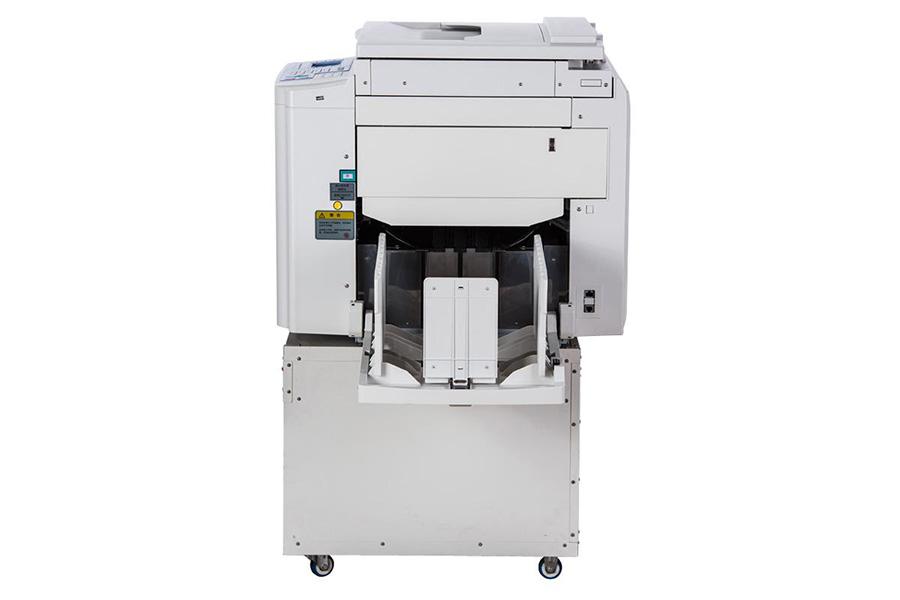
Factors to consider
Turnaround time
Turnaround time refers to the time a printer takes to finish printing. Digital printers are high-speed. They have a turnaround time between 60 to 300 images per minute or 100 to 200 pages per minute. They’re suitable for businesses with bulky work that needs to be printed at short notice. They’re a reasonable consideration for businesses with orders that are time bound.
Quality and quantity of products
Digital printing is suitable for businesses that require high-quality images produced in bulk. The rubber sheet can conform to the surface’s shape, producing sharp images. Digital printers also regulate the flow of ink going to the plate, minimizing wastage. Quality in digital printers is measured in pixels per inch (PPI). An excellent digital printer will have between 150 to 300 PPI.
Color accuracy
Digital printers have excellent color accuracy. They’re suitable for businesses that print images and documents in many colors. Digital printers feature CMYK color correction profiles and are compatible with major digital front-end RIPs. Some printers also have cloud-based applications for managing color. Color accuracy becomes important when working with colored data, where minor changes may give erroneous information. It is possible to measure the change in color between the printed color and the color reference. The difference is called the deviation. A deviation of 5 and below is normal as the change isn’t noticeable to the eye. However, a deviation of 10 and beyond shows that there’s a huge difference and the printer may need correction.
How to choose 3d printers
3D printers are material design printers that design and build 3d models using an additive manufacturing process.
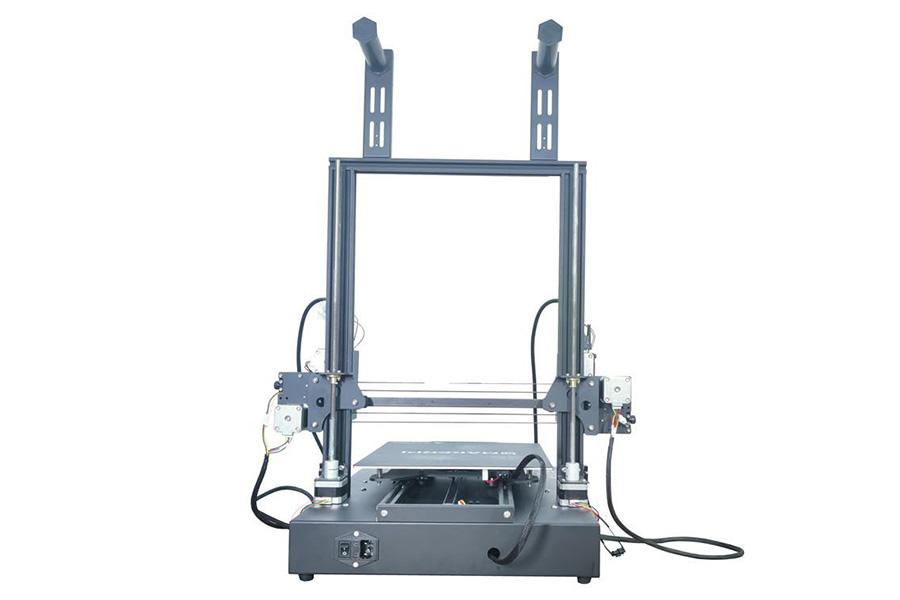
Factors to consider
The cost to operate the printer
The raw material and the filament used to print will directly impact the cost of operating a 3d printer. Most 3d printers use ABS and PLA plastic to print models. Other materials include PETG and SLS. ABS is made from oil, while PLA is made from corn. The cost of filament for printing with ABS and PLA is US $35/kg. Entry-level SLA costs US $50 per kg, while the most professional options cost between US $150 to US $400. SLS powder, on the other hand, costs between US $100 and US $200 per kg. The printer’s price will depend on the budget businesses have set aside for operation. There are three common 3D printing mechanisms.
Fused Deposition Modelling (FDM) uses polymer based filaments that are passed through a heated nozzle where it’s melted and deposited in 2D. These layers fuse while they’re warm to create the three dimensional figure.
Stereolithography (SLA) uses laser light to harden and solidify the deposited resins and flexible geometries. Because they use laser light, they’re very accurate.
Selective Laser Sintering (SLS) is a powder bed printing technology. It uses laser to fuse small bits of nylon powder while tracing the geometry of digitally marked models.
Budget
3d printers are more expensive than other printers because of their technology. Their typical price range is between US $13,000 and US $70,000. Cheap printers for example use expensive cartridges for ink. In the short term, they may be cheap. However, maintaining them long term proves to be an expensive affair. Businesses should therefore pick the printer that doesn’t overstretch their budget.
Business application of the 3D printer
3D printers have many applications. They’re commonly used in developing prototypes before taking a product into mass production. They may also be used to manufacture mechanical machine parts for large industries or personal use. In addition, they can be used to develop customized biomedical devices for individuals. A good example is prosthetics for amputees. The 3d printer selected will therefore depend on the needs of the business. For a deeper dive on selecting a 3D printer look here.
How to choose inkjet printers
An inkjet printer produces hard copy prints by spraying ink on paper.
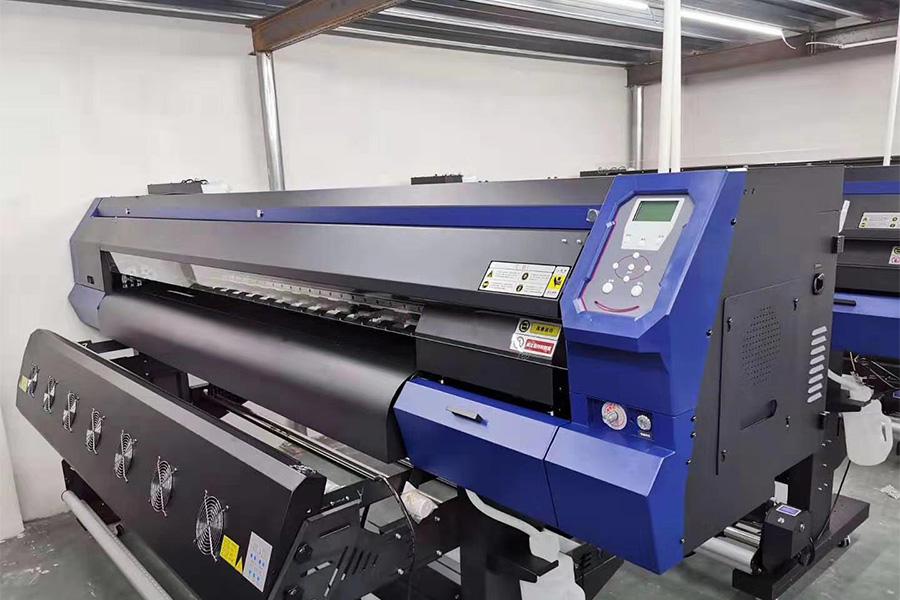
Factors to consider
Connectivity
The connectivity of an inkjet printer reduces the number of physical cables required. It also means that printing can be done from a mobile device or a remote computer as long as it’s connected to the printer through wireless means. Depending on the business’s needs, considering the printer’s connectivity may be helpful to them.
Ink costs
Ink costs become a factor depending on the bulk of work of the business. A more expensive printer would cost 4 cents to print a black and white page and 8 cents to print a color page. A cheaper printer would have higher ink costs by a few cents. The margin won’t be large unless the business prints hundreds of pages. Businesses should be keen to look for information on the direct cost per print on the packaging of some printers.
Duplexing
Duplexing refers to printing on both sides of the paper. The printer prints the first side, pulling the page back before flipping It and printing it on the other side. Duplexing helps in automating paper printing when it has to be done on both sides. It’s a good consideration if the business requires duplex printing.
Paper handling
All printers will work well with A4-sized papers. However, the paper material may be handled differently by inkjet printers. Printing on specialty paper such as index cards, envelopes, and card stock will require a business to acquire a printer with dedicated trays. Glossy paper may not be the best for inkjet printers. A business that primarily uses glossy papers may have to invest in a digital printer.
Speed and resolution
The average resolution of an inkjet printer is 1200 x 1440 dpi. This is suitable for papers and photos not exceeding 5 x 7 inches. If a business is looking for images larger than this size, the inkjet printers may not be the most suitable printer for the job.
How to choose a heat transfer printer
A heat transfer printer is a non-impact printer that uses heat to leave an impression on paper.
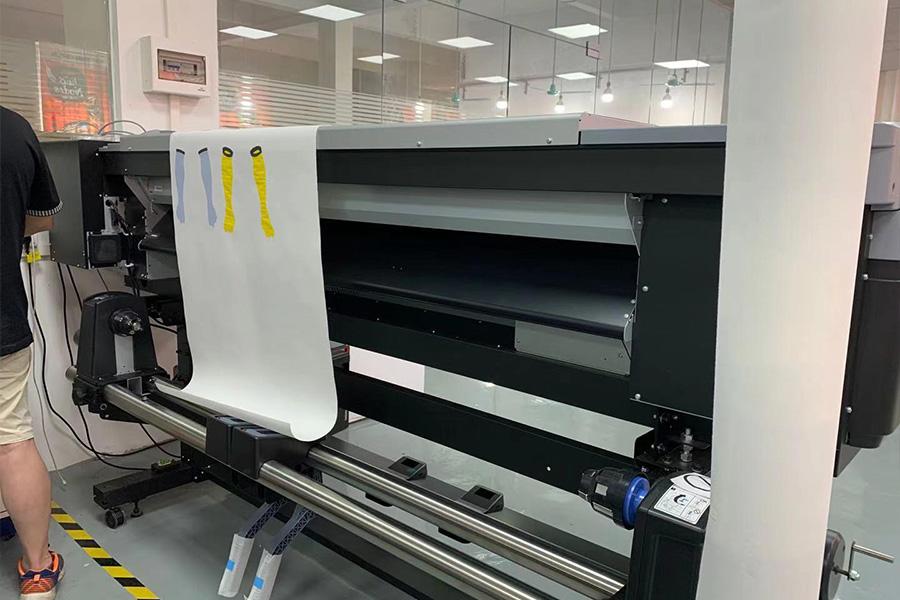
Factors to consider
Types of products being printed
Heat transfer printers are suitable for different materials. The digital mug press is used to print on mugs. The combo heat press is used for all kinds of sublimation gift items such as plates, t-shirts, cushions, and other flat items. The flat heat press can print on ceramic tiles and puzzles. The selection of a heat transfer printer will therefore depend on what the business aims to print on.
Budget
Businesses should not purchase a heat transfer printer that their budget cannot cover comfortably. Heat transfer printers cost between US $900 to US $4000 depending on their size and the technology it employs. Typical technology in heat printers include using red and gray inks for broader color range, offering support to over 60 media types and sizes, offering upto 5760 x 1440 optimized dpi resolution and the ability to print from tablets, smartphones and iPhones.
Fabric content
The fabric of the material used will determine the kind of heat transfer to be used. Both vinyl and screen-printed transfers have different formulas that go on different fabrics. Businesses should determine the fabric they’ll commonly use and consider this as they select a heat transfer printer.
Artwork
Printing artwork is crucial because the more detailed the artwork, the more work there is to be done by the printer. Businesses should therefore pick printers that can handle a fair amount of complexity easily because taking a lot of time on one garment reduces the business’s productivity.
Final thoughts
Different printers are suitable for various printing jobs. A heat transfer printer, for example, would suit a garment printing business, while an inkjet printer would be helpful in an office. Understanding a business’s needs can help businesses select the printer that best suits them. This guide has looked at the factors that should be considered when choosing different printers. For a list of printers available in the market, visit Alibaba.com.
